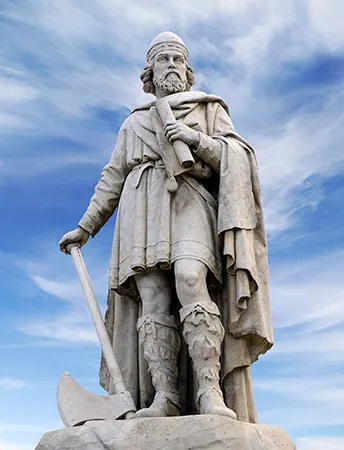Today, I went with a friend to a large second-hand warehouse; it’s an organized treasure hunt of sorts. Every section is well-defined, so you know where to look if you’re looking for something specific, and don’t need to waste time scanning isles of glass dishes when you’re looking for office supplies. But it got me thinking about the whole topic and the cultural differences around the world.
When I first came to Switzerland, “Brockenhäuser” (or Brocki, as they’re called here) were few and far between; Swiss people weren’t usually found in such shops. I think Swiss people (and I can only really compare this to the Zürich area – perhaps in other areas of Switzerland the sentiments were different) used to have a sense of embarrassment, as if one wasn’t successful enough to buy new. But nowadays the importance of recycling has grown, and people have discovered the fun of treasure hunting.
I grew up in a region of America where garage sales were every Thursday through Sunday during summer months; my father and I were the most frequent hunters in our family, searching for treasures amongst the junk. I once found a 1920s white gold, 24-diamond dinner ring for 10¢! Someone had cleaned out grandma’s house and had no idea what they had; I took it to a jeweller to have it examined, so I knew that what I’d found was the real deal. I once took my Swiss husband along on the cultural experience when we were in the States on holiday, and he found a stack of pristine Life magazines of the first moon landing. They now grace our library shelves among the astronomy books.
In Britain, I know of some roads where nearly every other shop is a charity shop; one had a sign in the window asking for books, because they were selling nearly a thousand a week. Whenever I’m in Britain, I fly with as empty a bag as I can manage to leave room for charity shop treasures.
Today when I was at the shop, I was looking for specific things, mostly to do with crafts; I got a few antique German books (with the Fraktur script, often generically referred to as “Gothic text”); I’m fluent in German, but even I have to really concentrate to decipher the old type-text, especially as spelling has shifted or become more standardised. So honestly, I’m fine with using them in crafts, though the antique book lover in me fights to preserve them! I also bought sheet music for the same purpose. I kept an eye out for things I could use to make gigantic flowers with – that’s the next prop I’ll be making for our church stage area for the spring/summer season. In this particular shop, by the way, there are very few items with prices; once you get to the register, they assess what you’ve got, and calculate the set prices (such as the antique books, which ran from 3.- to 8.-); usually the end price for everything is quite reasonable – after all, they need to make room for the new inventory being restocked every 30 minutes!
What is the culture of second-hand shops in your region? Even within a country, it can vary wildly. Do you have boot sales, garage sales, thrift stores, charity shops, meet & swaps, buy-sell-trade shops, street markets, or another variety? I’d love to hear about your experiences! And if you’ve done any of the above, what was your best treasure find? Please comment below!
























